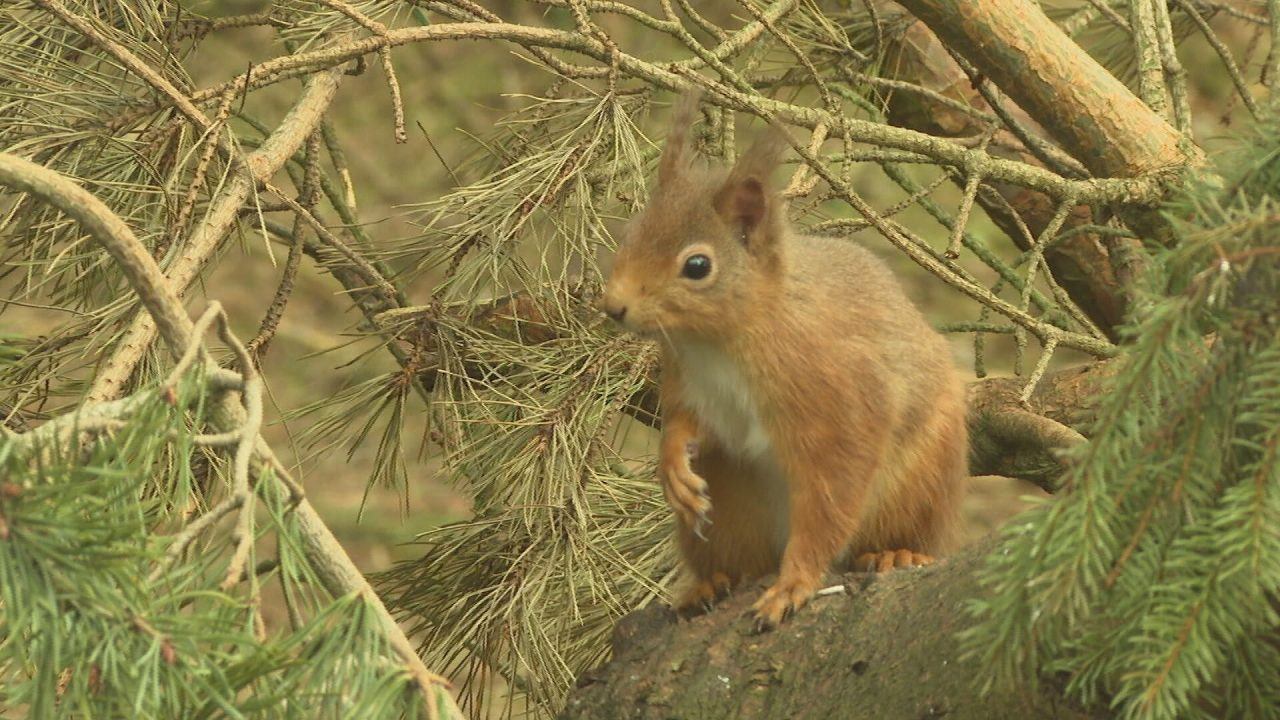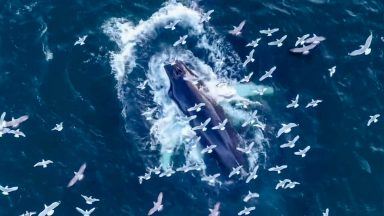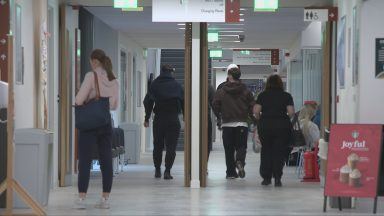Saving Scotland’s Red Squirrels is calling on people in Scotland to take part in the fifth nationwide Great Scottish Squirrel Survey.
Saving Scotland’s Red Squirrels (SSRS) is a partnership project led by the Scottish Wildlife Trust, working in priority areas to protect red squirrels from the spread of the invasive non-native grey squirrel.
Between October 2-8, they are encouraging members of the public to explore the outdoors, get squirrel spotting, and add sightings of red and grey squirrels to the Scottish Squirrels website.
The annual survey is the most important public event for comparing yearly distributions of red and grey squirrels.
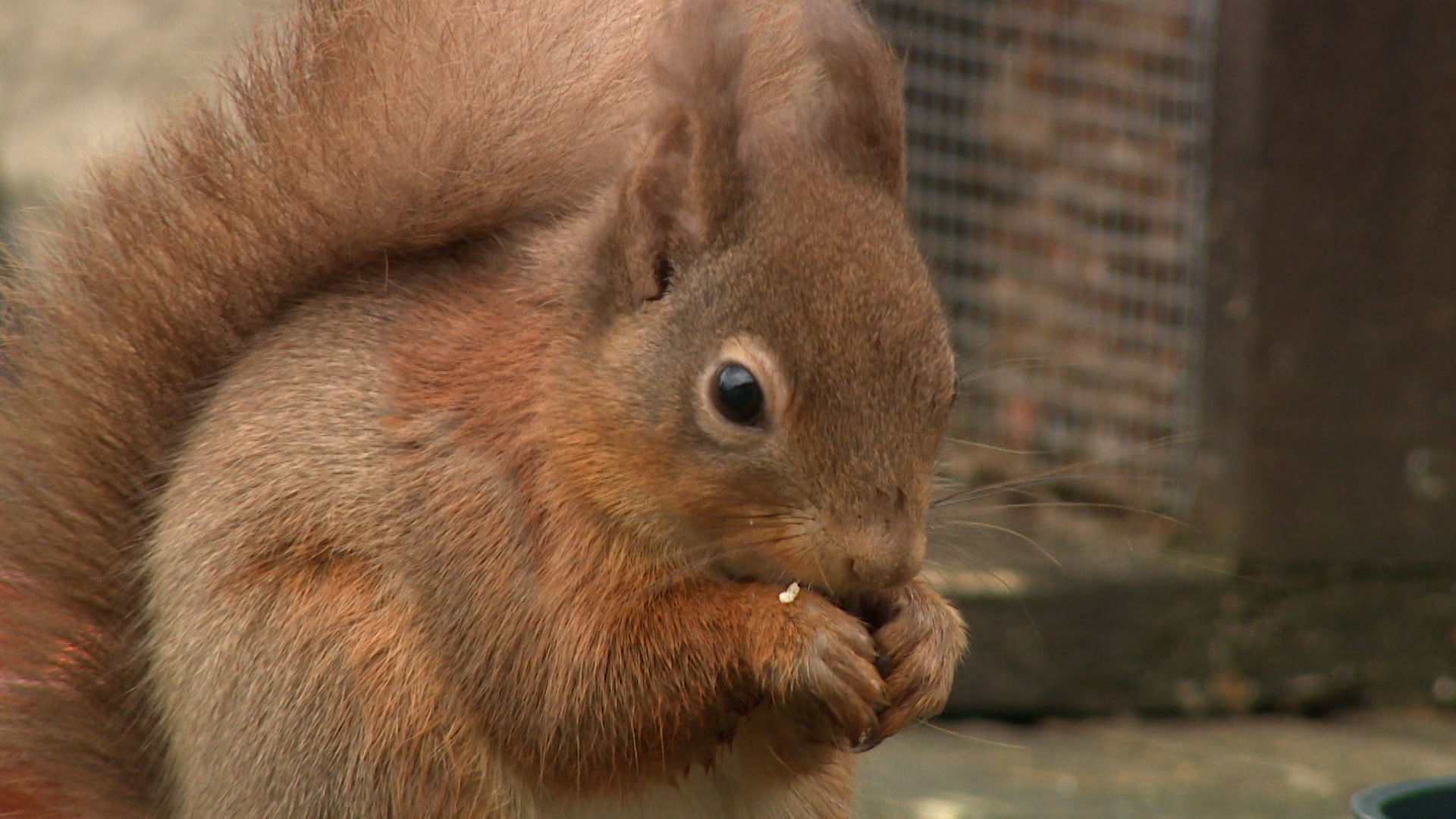 STV News
STV NewsLast year the charity received 10,484 sightings in total with the help of the survey, its third highest year since they began collecting public squirrel sightings in 2010.
The highest year to date was in 2020 when 3,000 sightings were recorded during the survey, and 22,772 were recorded overall.
Programme manager Nicole Still said: “Public sightings play an essential role in informing and directing our strategic efforts.
“Whilst we recognise 2020 was an unusual year with an increase in people spending time in the Scottish outdoors, we would love the public to once again head outside and help us increase our sightings to improve our understanding of Scotland’s squirrel populations”.
The Highland Line
Around 75% of red squirrels live above the Highland Line – a ten kilometre wide strip spanning from Greenock in the west to Montrose in the east.
The job of conservationists is to stop the estimated two million greys from spreading north and threatening the 140,000 reds.
But in recent years, greys have been slowly marching northwards, with recent sightings in Aberfeldy, Pitlochry, Brechin and Laurencekirk.

Conservation officer for Tayside Susie McNaughton said: “With ample nature food sources available and leaves falling, autumn is an ideal time to spot squirrels.
“We want to especially encourage people to visit woodlands and areas where less sightings have been recorded before, as well as better-known squirrel stomping grounds.”
Eileen Stuart, deputy director of nature and climate change at NatureScot, said: “With invasive non-native species costing Scotland at least £499m a year and posing one of the biggest threats to Scotland’s nature, we’re pleased to support the Great Scottish Squirrel Survey and all the important work of the Scottish Wildlife Trust led Saving Scotland’s Red Squirrels project.
“We encourage everyone to record their sightings and help this important project. It’s a wonderful way to spend time in nature, while helping protect our much-loved red squirrel.”
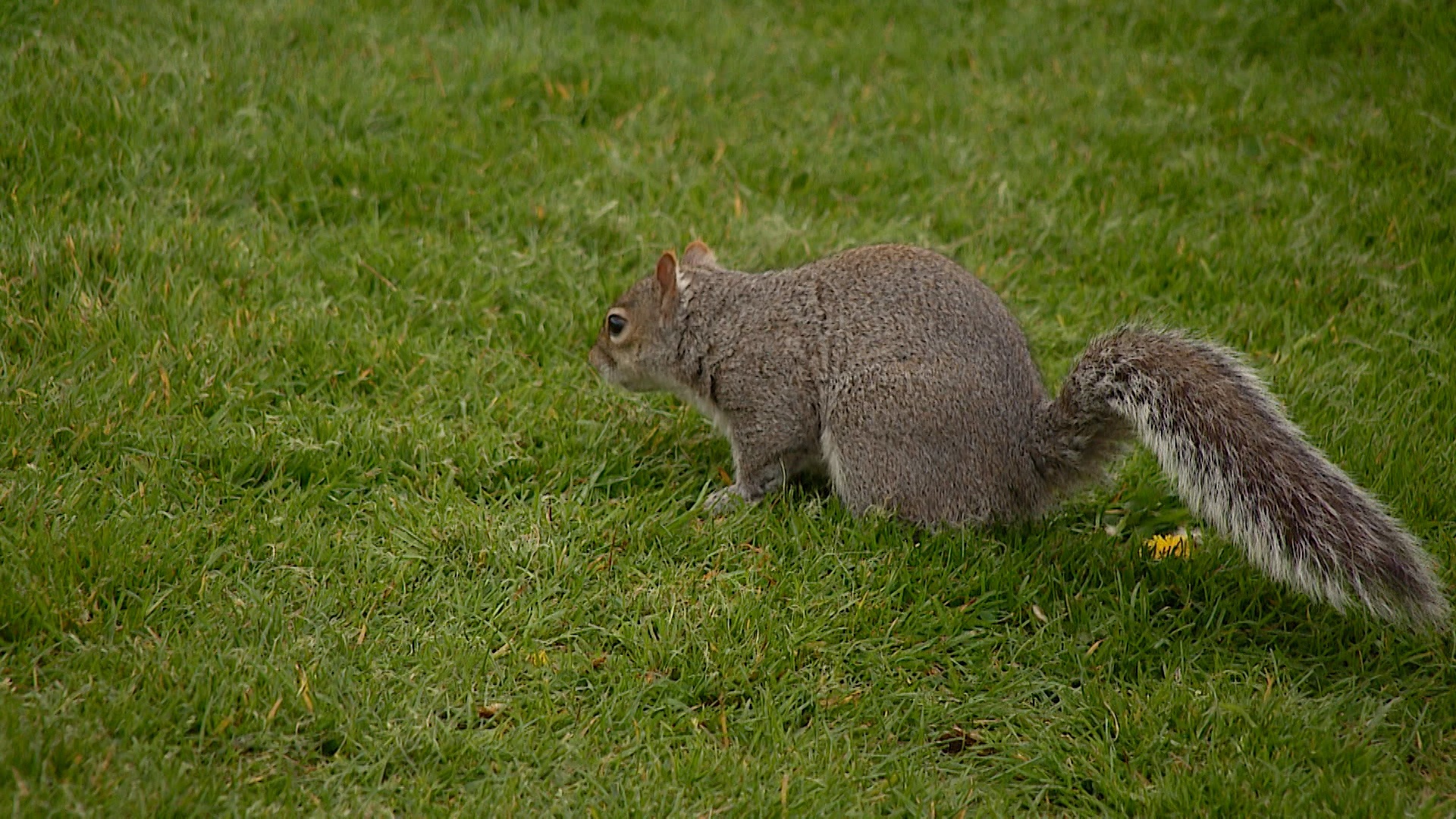 STV News
STV NewsGrey squirrels were introduced to Scotland in Victorian times and have since replaced the native red squirrel in many parts of the country.
They out-compete reds for food and living space and can also carry squirrelpox, a virus that doesn’t harm them but is fatal to reds.
Squirrel sightings, which are collected year-round, help the SSRS project to understand how the distribution of each species is changing over time, and can also alert staff to situations where grey squirrels are posing an immediate threat to the local red population.
The Great Scottish Squirrel Survey week will feature a programme of events across the country as well as self-guided opportunities.
More information can be found at scottishsquirrels.org.uk/great-scottish-squirrel-survey.
Follow STV News on WhatsApp
Scan the QR code on your mobile device for all the latest news from around the country


